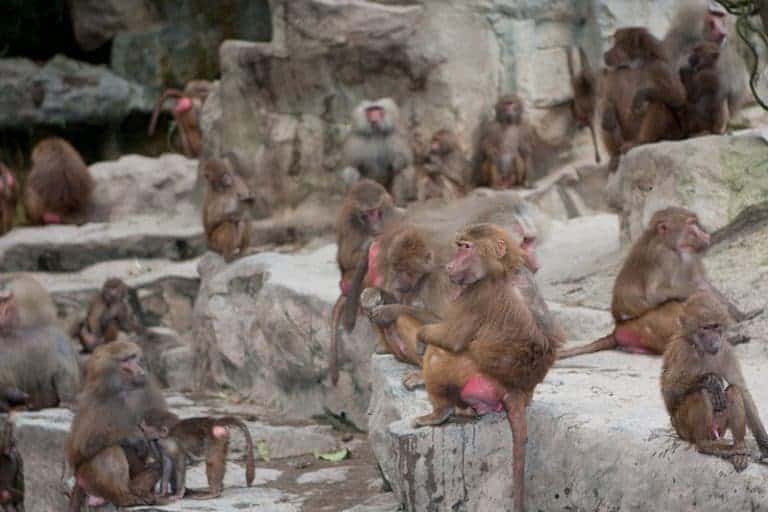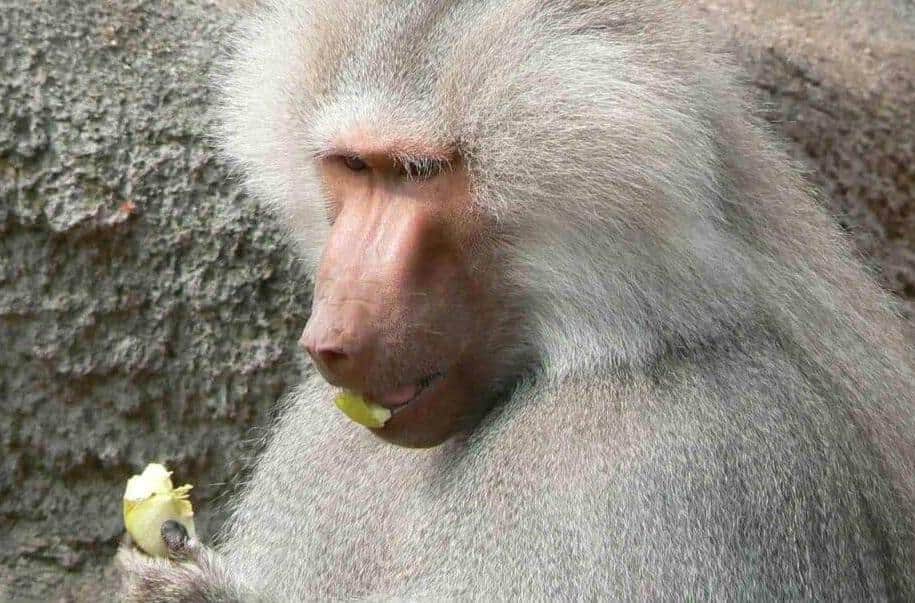The Psychopathology of Modern Life

At the London Zoo, there is a concrete mound, surrounded by a moat, known as Monkey Hill. It measures about thirty meters by eighteen. In 1925, the zoo authorities placed 100 hamadryas baboons on this pitiful excrescence, expecting them to settle in peacefully and entertain the public. However, they declined. This scenario highlights aspects of the human zoo in the modern world and draws parallels to the psychiatric disorders of civilisation, showing how environmental stressors can impact behavior and social dynamics. Such conditions offer a striking example of psychopathology in action where confinement, lack of stimulation, and unnatural surroundings contribute to disturbed or maladaptive behavior, both in animals and in humans.
It was intended to be an all-male population, but, with a degree of care typical of the operation, six females were accidentally included. Vicious battles for dominance took place between the males, continuing for months, and before two years had elapsed, forty-four of them were dead. By then, a stable dominance hierarchy had been established, and an uneasy peace prevailed. These events reflect chronic stress symptoms and burnout, showing how prolonged conflict and environmental pressures can severely affect behavior. However, the unfortunate creatures seemed unhappy, and in a wholly misguided attempt to cheer them up, the authorities added thirty more females to the island. Within a month, fifteen of these had been torn to pieces by the resident males fighting to possess them. By 1930, only thirty-nine males and nine females survived, and that year three males and four females were killed. The situation illustrates emotional burnout and psychological trauma, highlighting the profound effects of social strain and relentless stress on well-being.
What does this say about baboon psychology? Are they such vicious brutes that they are incapable of controlling their passions and living in peace with one another? How on earth has this species survived? To answer these questions we must turn to the ethologists (those biologists who study animals living in their natural habitats), who have investigated the life of baboons in the sort of surroundings they evolved to live in. The ethologists tell us that, out of captivity, hamadryas baboons live in well-ordered social groups based on a stable dominance hierarchy; they respect each other`s territories and seldom challenge heterosexual bonds once they have been formed. (psychopathology).
Clearly, the behaviour of the baboons on Monkey Hill was grossly abnormal. What went wrong? Quite simply, the circumstances in which the zoo required them to live constituted a monstrous frustration of their basic archetypal expectations. The ethogram of the hamadryas baboon – that is to say, the total archetypal endowment of the species – presupposes large areas of land on which to establish territories, win position in the social hierarchy, and, when successful in both these achievements, collect a harem of females. Instead of the 540 square meters afforded by Monkey Hill, a troop of one hundred baboons would normally require a range of 50 square kilometres – 50,000,000 square meters – an area nearly one hundred thousand times as great.

In normal circumstances, baboons develop intense group loyalties and are hostile to strangers from other troops. That the animals on Monkey Hill fought each other with such psychopathic savagery was due to the fact that they had been trapped and assembled from different wild troops and crowded together in a tiny area where there were more males than females and where they couldn`t possibly keep out of each other`s way. We must conclude, therefore, that the zoo environment in which this tragic population was placed constituted what I have called the “frustration of archetypal intent.” The result was gross and unmistakable psychopathology.
This sad story is an allegory of what can happen to another creature that evolved to live in the wild open spaces of the East African savanna, Homo sapiens, when made to live in that urban habitat which Desmond Morris called the human zoo. Directly comparable disasters to that suffered by the baboons in London Zoo occur in human communities forced to abandon their traditional way of life and live in circumstances alien to them. One such people were the Ik, a group of hunter-gatherers in Uganda who were excluded from their range of 40,000 square kilometres, placed in shack settlements, and taught subsistence farming. They rapidly became demoralized, depressed, anxious, and ill, and they behaved with psychopathic indifference to their children and their spouses.
Evidence such as this provides us with a model for psychopathology. Mental health depends upon the provision of physical and social environments capable of meeting the archetypal needs of the developing individual. Psychopathology can result when these needs are frustrated.
Sources
From “The Two Million-Year-Old Self” by Anthony Stevens


